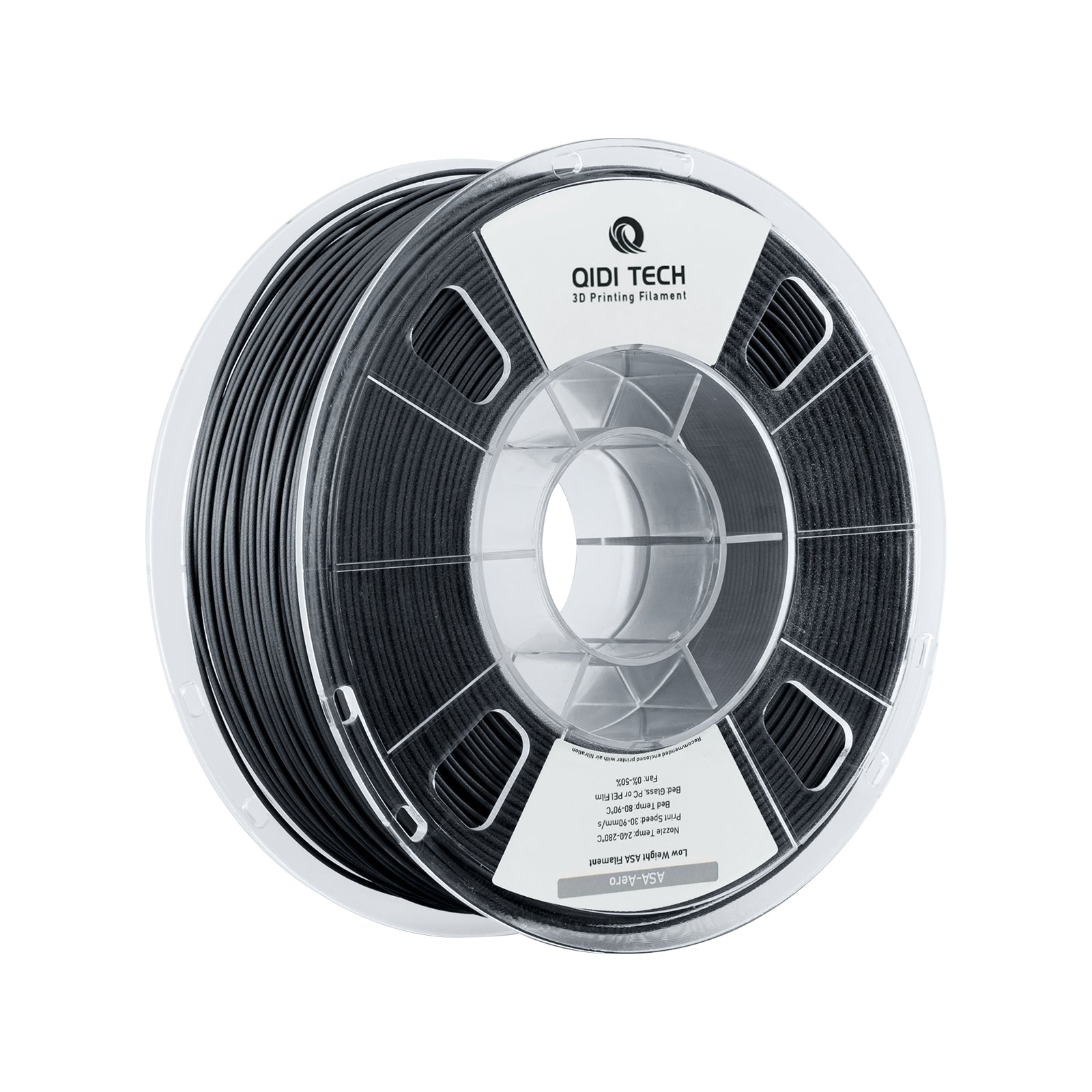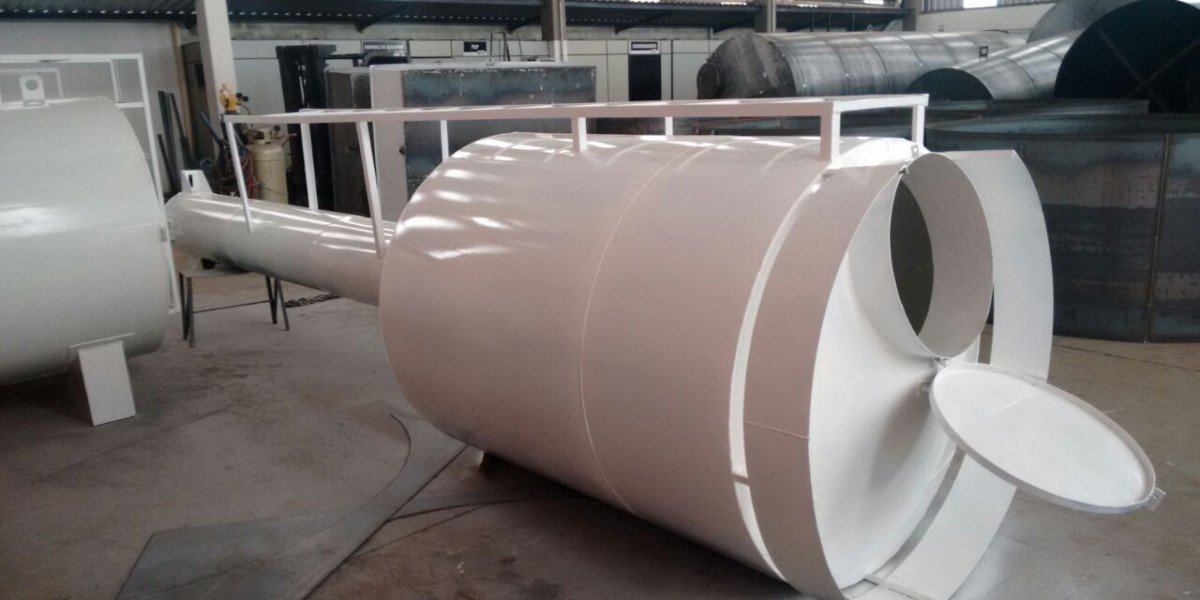In the realm of 3D printing, the choice of filament can significantly impact the durability and functionality of the final product. Among the various materials available, ASA filament for chemical resistance stands out due to its unique properties. This article delves into the characteristics of ASA filament, its advantages, and its applications in environments where chemical exposure is a concern.

What is ASA Filament?
ASA, or Acrylonitrile Styrene Acrylate, is a thermoplastic that is known for its excellent weather resistance and mechanical properties. But what makes it particularly appealing for applications requiring chemical resistance? The answer lies in its molecular structure, which provides enhanced stability against harsh chemicals and UV radiation.
Key Properties of ASA Filament for Chemical Resistance
- Chemical Resistance: ASA filament exhibits remarkable resistance to a variety of chemicals, including acids, bases, and solvents. This makes it suitable for industrial applications where exposure to such substances is common.
- UV Stability: Unlike other filaments, ASA maintains its color and mechanical properties when exposed to sunlight, making it ideal for outdoor applications.
- Impact Resistance: ASA is known for its toughness, which allows it to withstand mechanical stress and impact, further enhancing its utility in demanding environments.
- Ease of Printing: ASA filament can be printed with relative ease, similar to ABS, but with fewer warping issues, making it accessible for both hobbyists and professionals.
Applications of ASA Filament in Chemical Environments
The versatility of ASA filament for chemical resistance allows it to be used in various industries. Here are some notable applications:
- Automotive Parts: ASA is often used for manufacturing components that require durability and resistance to automotive fluids.
- Outdoor Equipment: Items exposed to the elements, such as garden tools and outdoor furniture, benefit from ASA's UV stability.
- Industrial Components: In settings where chemical exposure is prevalent, ASA can be utilized for creating custom parts that need to withstand harsh conditions.
Best Practices for Printing with ASA Filament
To achieve optimal results when using ASA filament for chemical resistance, consider the following tips:
- Ensure your 3D printer is equipped with a heated bed to minimize warping.
- Use an enclosure to maintain a stable temperature during printing.
- Experiment with print settings to find the ideal temperature for your specific printer and filament brand.
Conclusion
In summary, ASA filament is an excellent choice for those seeking chemical resistance in their 3D printed parts. Its unique properties make it suitable for a wide range of applications, particularly in environments where exposure to harsh chemicals is a concern. By understanding the key characteristics and best practices for printing with ASA, users can leverage this material to create durable and reliable components.







